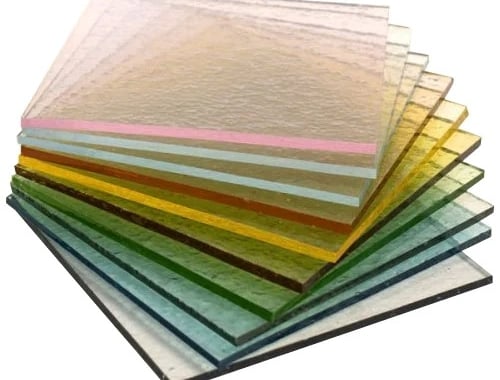Energy-Efficient Architectural Glass
Energy efficient architectural glass is a type of glass specifically designed to minimize energy consumption in buildings.
This advanced glazing technology incorporates various features that help to regulate indoor temperatures, reduce heating and cooling costs, and enhance overall energy efficiency. Key characteristics of energy efficient architectural glass include:
Low-E Coatings: These are microscopically thin, transparent coatings that reflect heat while allowing light to pass through. Low-emissivity (Low-E) coatings help to keep buildings warmer in winter and cooler in summer by reducing the transfer of heat through the glass.
Double or Triple Glazing: This involves using two or three layers of glass with air or inert gas (such as argon or krypton) trapped between them. The insulating layer reduces heat transfer, enhancing thermal performance and sound insulation.
Tinted and Reflective Glass: Tinted glass absorbs solar energy and reduces glare, while reflective glass has a metallic coating that reflects a significant portion of the solar radiation, reducing heat gain and improving comfort.
Thermal Breaks: These are incorporated into the window frame to reduce heat transfer between the interior and exterior, enhancing the insulating properties of the glass.
Smart Glass: Also known as switchable glass, smart glass can change its light transmission properties in response to environmental conditions or manual controls, optimizing energy use for heating, cooling, and lighting.




Downtown Views II
Architect / Designer: Archgroup
Glass Makeup: Triple Silver Low-E, IGUs




